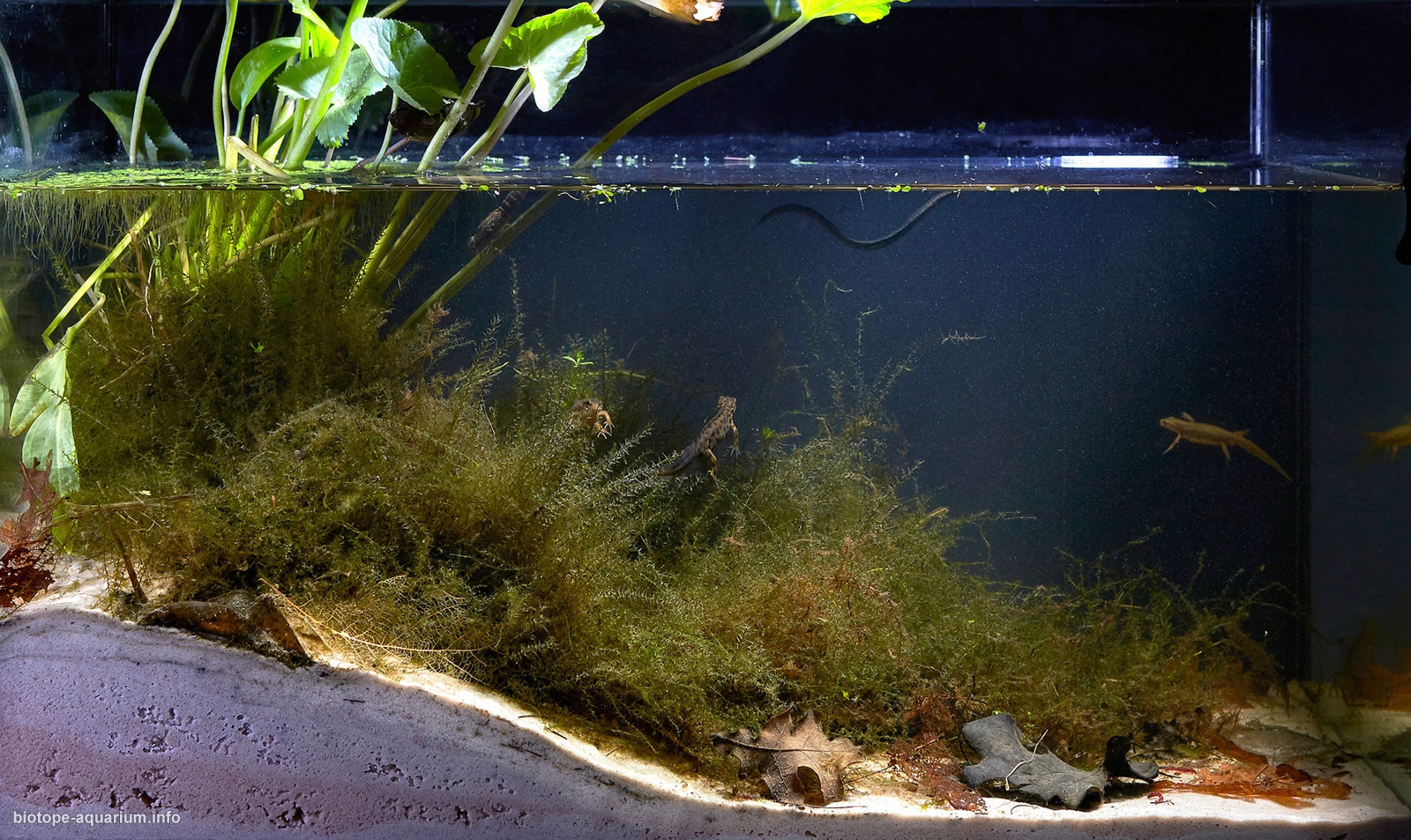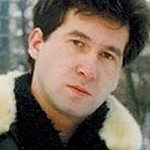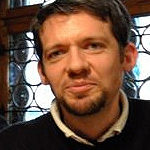Small pond in the Leningrad region, Ozereshno village, Russia
The 12th place in the qualifying stage of the Biotope Aquarium Design Contest 2015
![]() Russia. Varvara Kozmenko
Russia. Varvara Kozmenko

Volume: 60 L
List of fishes: Lissotriton vulgaris, Asellus aquaticus, Haemopis sanguisuga, Aeschna grandis
List of plants: Fontinalis antipyretica, Lemna minor, Caltha palustris, Alisma plantago
Biotope description: The basis for the setting up the aquarium was a pond in the Ozereshno village of Leningrad region. This small oval pool (5 meters long and 3 meters wide) has a maximum depth of 1.5 meters and freezes almost to the bottom in the winter. In the spring the pond comes to life: aquatic plants start to grow, rocks become covered with new moss, first insects appear. Around the pond there are oaks, birches, larches, apple trees. Under them there are lilies, buttercups and other meadow plants. On the banks there are marigold and alisma, in deep places – cattails, duckweed floats on the surface of the water. On the bottom of the pond there are silt, clay and sand, sometimes covered with moss and leaved of the trees growing near the pond. The aquarium shows a pond biotope in the middle of June, when all its inhabitants are there. Leeches crawl on the bottom, newts will soon begin to get out to the land, and the larvae of dragonflies have grown and are almost ready to transform into adult insects. The world of the small inhabitants of the pond is no less interesting: waterlouses, cyclops, daphnia. This aquarium was set up not only for participation in the contest, but also the members of biological club could see the newt courtship behavior. After a week and a half newts were released back into their natural water body (leeches and dragonfly larvae were released earlier). The aquarium still existed, and in August newt larvae appeared, which, as they grow, were also released into their natural habitat.

I would like to underline this entry. It is one of two entries of the contest where there is no fish. It may seem strange that the water biotope can be without fish. How can it be? It can. There are such biotopes, where fishes cannot survive, only invertebrates, for example. In the aquarium a spawning behavior of newts can be seen. In the long term, of course, the community in this aquarium will not last long, but in nature it does. Only the bottom needs much work. It should be muddy or consist of soil. White sand, of course, is not for the pond of this latitude.

This is actually one of my favorites. It is a simply a great little biotope, with great realism – even though it contains no fish! The partially emersed marginal plants, duckweed, and aquatic moss all occur as they would in the wild. Having newts, leeches, and dragonfly larvae as the inhabitants is unique and biotope correct, though obviously the inclusion of the latter two is unsustainable for any length of time. The effect is a real slice of genuine nature, cut from the edge of a pond, and accentuated by the slope towards the marginal zone and the dead leaves from temperate trees. As testament to how well done it is, the newt did actually breed.
